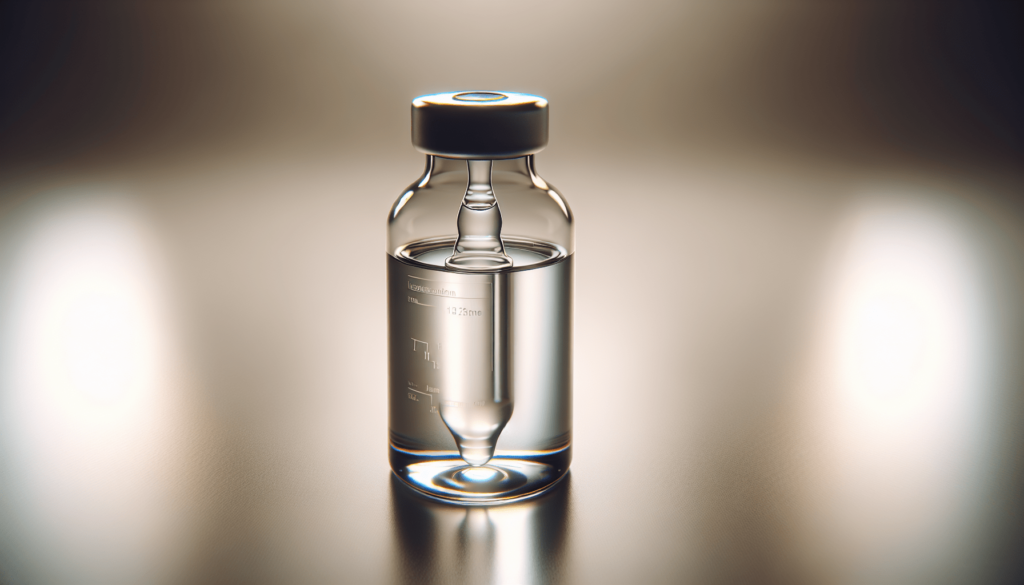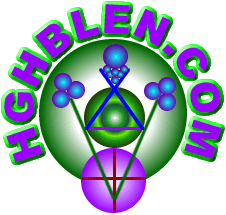Have you ever wondered if the quest for a youthful glow could be a shot away, or if enhancing your bodybuilding efforts could come from a magic elixir? With promises of turning back the clock or gaining an edge in the gym, Human Growth Hormone (HGH) has become a hot topic. But as with any captivating promise, the question remains: is it safe?

The Allure of HGH: A Brief Introduction
Human Growth Hormone has caught the attention of many due to its touted benefits ranging from enhancing physical performance to allegedly reversing the aging process. This excitement isn’t without reason. HGH, naturally produced by your pituitary gland, plays a crucial role in growth, cell regeneration, and maintaining healthy tissue in organs and the brain. As you age, the levels of HGH naturally decline, which, some suggest, contributes to the aging process itself.
The Promise of Youthful Reversal
Table of Contents
Imagine reversing your biological age by up to 20 years or more. It’s an enticing concept, isn’t it? Proponents claim that HGH can smooth wrinkles, increase energy, and even improve mood. The principle here is straightforward: by replenishing what decreases with age, you might restore the vitality associated with youth.
The possibility of looking and feeling younger overpowers the inherent risks for some. However, the safety of this approach isn’t as simple as it might seem. Understanding the science behind HGH and its effects on the body is crucial in assessing whether this potential fountain of youth lives up to its hype.
Bodybuilding and HGH: A Revolutionary Edge?
In the world of bodybuilding, where every ounce of performance matters, HGH is similarly reputed to provide significant benefits. Muscle growth, improved recovery times, and increased strength are some of the attractive promises linked to HGH use among athletes. The hormone does play a role in regulating muscle mass and fat distribution, which explains its potential appeal in this context. But here lies a crucial question—do the benefits outweigh the risks involved?
Understanding HGH: The Basics
It’s important to first comprehend just how HGH works to better assess its safety and efficacy.
What Exactly is HGH?
Human Growth Hormone is a peptide hormone comprising 191 amino acids, making it a complex, potent agent involved in growth and development. Produced in your pituitary gland, it’s essential for growth in children and continues to influence bodily functions into adulthood.
Function of HGH:
| Function | Description |
|---|---|
| Growth and Development | Stimulates growth in childhood and is involved in regulating body composition. |
| Metabolism Enhancement | Influences metabolism and helps in breaking down fat and regulating glucose levels. |
| Muscle and Bone Strength | Aids in maintaining muscle mass and bone density. |
How is HGH Administered?
Most commonly, HGH is administered through injections, which can lead to immediate increases in growth hormone levels in your body. There are also synthetic versions of HGH available, often utilized in medically supervised interventions for conditions like growth deficiencies.
HGH for Age Reversal: Exploring the Claims
The idea of age reversal through HGH is tantalizing, but does the science support these claims? Let’s examine what current research and experts say.
Real Benefits or Just a Myth?
The purported benefits of HGH in age reversal include improved skin elasticity, increased bone density, and better mental function. Some users have reported a sense of well-being, increased muscle mass, and even improved sleep. These are naturally compelling reasons to consider HGH for anti-aging.
Scientifically Validated Benefits
There are certain FDA-approved uses of HGH for specific conditions related to aging. However, the benefits of HGH for general anti-aging purposes remain debated in the medical community.
Increased Lean Muscle Mass: Some studies have shown that HGH can lead to an increase in lean muscle mass, although the extent and significance are still under review.
Reduced Body Fat: A controversial benefit is reduced fat mass, due in part to increased metabolism.
Improved Mood and Cognition: Some anecdotal evidence suggests improved mood and cognition, though scientific backing is limited.
The Risks and Side Effects
As with any medical treatment, particularly those involving hormone adjustments, there are risks.
Joint and Muscle Pain: Users of HGH have reported experiencing aches as a common side effect.
Swelling of Tissue and Limbs: This can occur due to fluid retention.
Potential for Diabetes: Long-term HGH usage might increase the risk of diabetes and related conditions.
By understanding these risks, you equip yourself to make informed decisions about HGH treatments for age reversal.
HGH in Bodybuilding: Unpacking the Potential
For those engaged in bodybuilding, the appeal of HGH lies in its potential to enhance muscle growth and recovery. Let’s delve into how it functions in this high-intensity arena.
Enhancing Muscle Growth and Recovery
HGH assists in synthesizing new protein tissues, essential for muscle growth. This, combined with its potential to accelerate fat breakdown and optimize energy usage, explains why bodybuilders might explore its use.
HGH’s Mechanism in Bodybuilding
Protein Synthesis: By promoting amino acid uptake, HGH can accelerate muscle tissue growth.
Increased Metabolism: By enhancing fat usage, it reduces fat accumulation and allows for lean mass retention.
Improved Exercise Capacity: Some users report better stamina and capacity for intense training regimens.
Evaluating the Safety: Risk Versus Reward
While potential muscle gains are enticing, possible liabilities include:
Acromegaly: A condition causing abnormal bone and organ growth resulting from excessive HGH levels.
Increased Risk of Heart Disease: Some studies link long-term use to potential cardiovascular issues.
Ethical Concerns: HGH is banned in most professional sports, bringing ethical implications into play for competitive athletes.

Legal and Ethical Considerations
Even if the allure of HGH convinces you to try it, legal restrictions could pose significant barriers.
Legal Status Worldwide
United States and Canada: Classified as a controlled substance; only available legally via prescription for certain medical conditions.
Europe and Australia: Similar restrictions apply, with usage tightly controlled and prescribed by medical professionals.
Ethical Considerations in Athletics
The use of HGH in sports and bodybuilding often rubs against ethical standards due to its ability to enhance performance unfairly. Governing bodies like the World Anti-Doping Agency (WADA) list HGH as a banned substance, raising concerns about fairness in competition.
Alternatives to HGH
For those cautious of HGH due to its risks or legal constraints, consider alternative methods to achieve similar goals.
Natural Supplements and Lifestyle Changes
Amino Acids and Dietary Supplements: Products like creatine and branched-chain amino acids (BCAAs) are popular among athletes and are legal and generally considered safe when used correctly.
Exercise and Nutrition: Maintaining a consistent workout schedule and balanced diet can enhance your body’s natural HGH production.
Adequate Sleep: Quality sleep is crucial, as most HGH is released during sleep cycles. Prioritizing this can naturally support HGH levels.
Medical Interventions
Consulting with healthcare professionals may open avenues for other interventions suited to your needs without the risks associated with HGH.
Making an Informed Decision
Navigating the world of HGH requires a balance between enthusiasm for potential benefits and caution in understanding possible risks. Conversations with medical professionals are imperative to ensure safety, particularly considering the complexities of hormone regulation. Whether the focus is on age reversal or bodybuilding, always prioritize informed choices and legal routes.
The winding path of discovering whether HGH is apt for you will likely evoke contemplative sentiments as you gauge its promises and pitfalls. In the ever-turning tides of hormonal allure, informed awareness remains your guiding beacon. Wouldn’t you agree?





